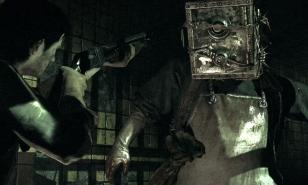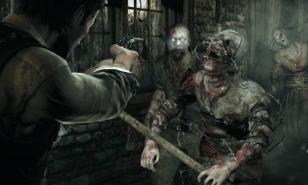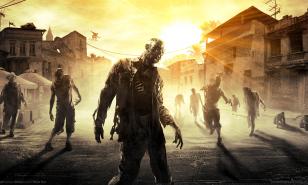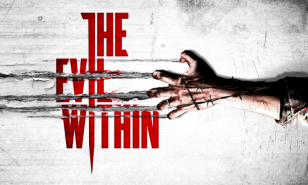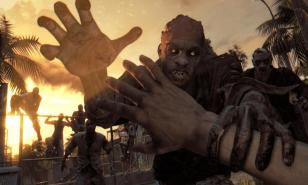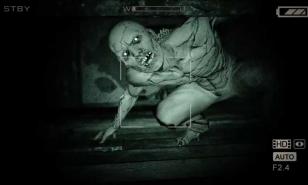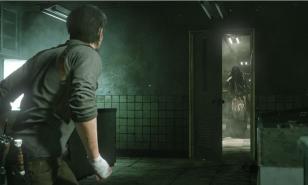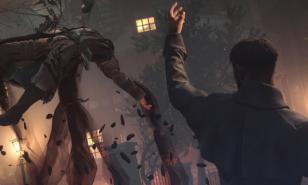Is The Evil Within Good?
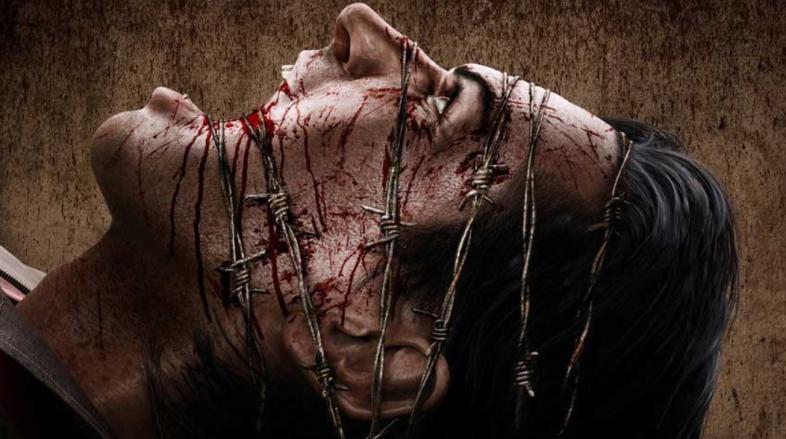
The father of Resident Evil created something new
Almost two decades after his debut of the Resident Evil series, Shinji Mikami decided to try his hand at something a little different. And thus, The Evil Within was born. It had all the elements of survival horror: creepy atmosphere, item management, nightmare creatures, and sparse supplies and items.
The question remains though. Is it a good game?
Well, I aim to answer that question by examining different aspects of the game. Together, we will look at its story, character depth, inventory and combat, the visual and sound effects, and creature design. Ultimately these will combine to create an overall score and replay value.
So, let’s dive in, together.
The story is both tedious to learn and creative
The story of The Evil Within is one that is both tragic and a chore to learn. It is littered throughout the campaign in the form of files, audio tapes, missing people posters, and newspaper clippings. And while finding each and reading them is interesting, it is up to the player to piece together the puzzle of the plot.
The game does not spoon feed the story to the player; a fact that is appreciated even though it can cause confusion. Instead, the player learns the story piece-by-piece while playing. While some parts of the story are delivered in chronological order, others are bestowed in random order to further the story.
Overall, this can create confusion, as stated, and makes it difficult to muddle through which parts happened when.
Simultaneously, though, the story (once learned) is actually quite creative and emotional. It has tragic elements among all the characters, including even its main antagonist, that pull at the heartstrings and afford a certain amount of empathy from the player.
It plays on the aspect of a family torn apart by loss, both for the protagonist and the antagonist, and how those involved cope with said loss. And sometimes, the way people cope is not ideal. The Evil Within knows this and plows ahead without regret or apology.
And it is this brutal awareness and unflinching examination of the flawed ways that people may cope that give the game a sense of realism. Its creativity comes from both the subject matter and the way it is delivered… Even if its delivery is a bit tedious at times and forces the player to stumble through the game in a semi-confused state.
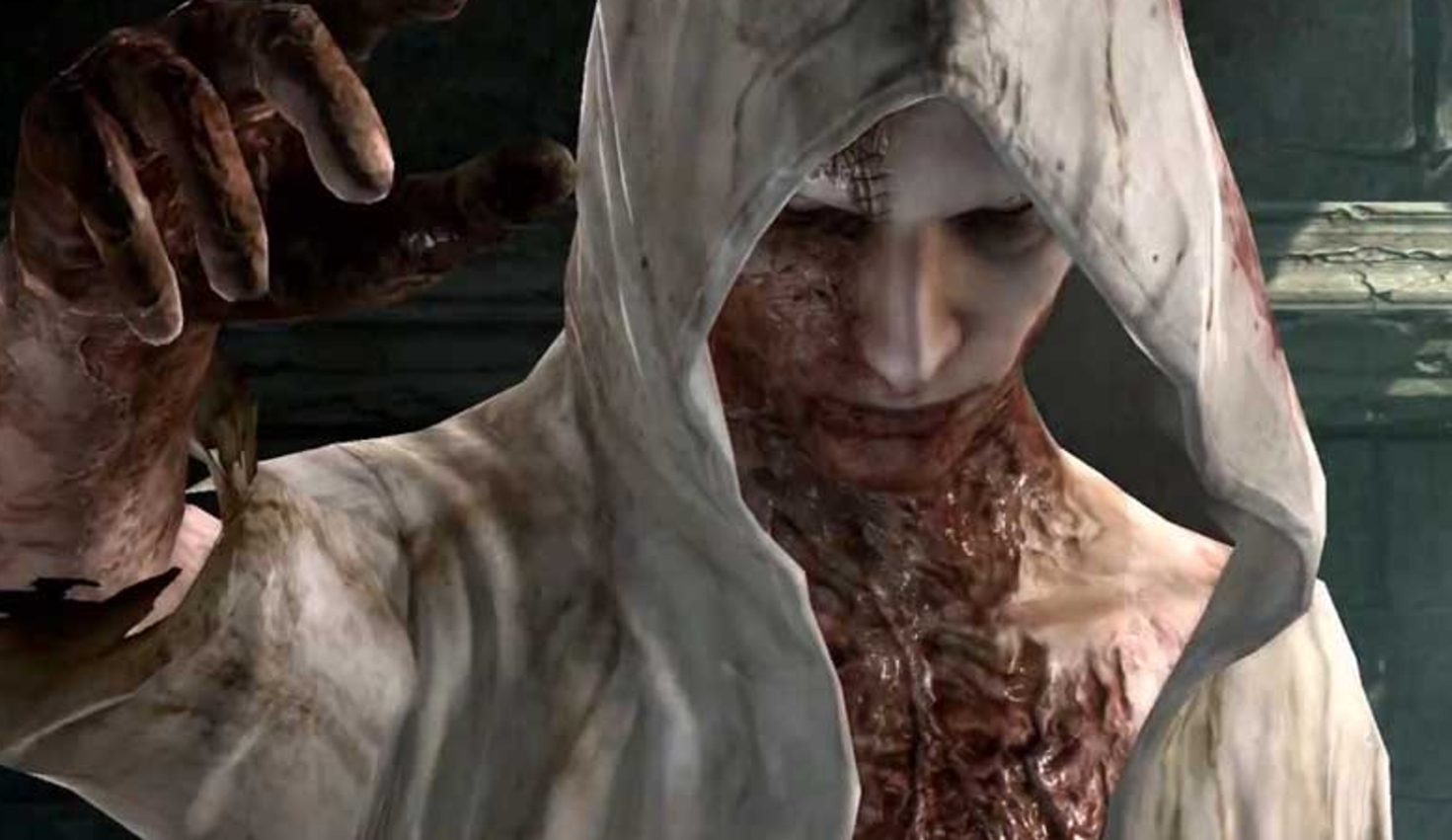 Ruvik reaches for the protagonist
Ruvik reaches for the protagonist
Character depth is a key element to The Evil Within
The Evil Within does not shy away from difficult topics. And thus, its examination of its own characters is quite jarring at times.
From its alcoholic protagonist, Sebastian Castellanos, to his suicidal cohort, Joseph Oda, the game is unapologetic in its examination of vices, coping mechanisms, and psychological effects.
Sebastian struggles with drowning himself in the bottle after the collapse of his family unit and the loss of his daughter. He insists it never interfered with his work, though. The player learns this through a conversation between Sebastian and Oda, which can prompt sympathy from the player.
The chat between the two reveals a concerned friend and a bitter man in the throes of loss. It gives another layer of depth to the characters and shows a sense of caring from Oda and a lack of awareness on Sebastian's part; Sebastian did not seem to realize how his drinking habits were affecting those around him.
This sense of realism, and the layers of emotions stacked within, aided the game in giving it a relatable, empathetic feel. This ability to pull emotion from the player, or at the least set up a tragic backstory and current affairs, is a key point of the game itself. It makes each character seem more human with their strengths and weaknesses.
Their flaws only make them more relatable and real, adding to the story and its world.
Limited items and ammo give it that genuine Survival Horror feeling
True to survival horror form, The Evil Within provides scarce supplies to the player. Enemies are more likely to drop Green Gel (an item used for upgrades) than bullets or matches. While they can drop the latter two, it does seem rare.
Most ammo can be found in the environment by opening drawers or cabinets. Some items can be found by breaking open wooden boxes. But even then, it is not a guarantee.
Many times a drawer will open or a box will bust only to reveal absolutely nothing. This can prove quite stress-inducing especially when low on ammo or health. At the same time finding an item also gives a sense of accomplishment because it is rare.
However, that's not to say it isn't frustrating even when the player finds something. More often than not ammo is delivered one or two bullets at a time.
The game requires extreme item management, especially since most creatures take more than one shot to kill. The game is not forthcoming with items. Therefore the player must learn early on to save their supplies for when it's truly needed.
This aspect falls in line with other survival horror based games and gives it that genuine feel to the genre. It keeps the player conscious of every bullet spent and encourages actively searching the environment for items.
While a key element to most survival horrors, The Evil Within almost takes it to a new extreme, which leaves it up to the player to decide whether it is enjoyable or frustrating.
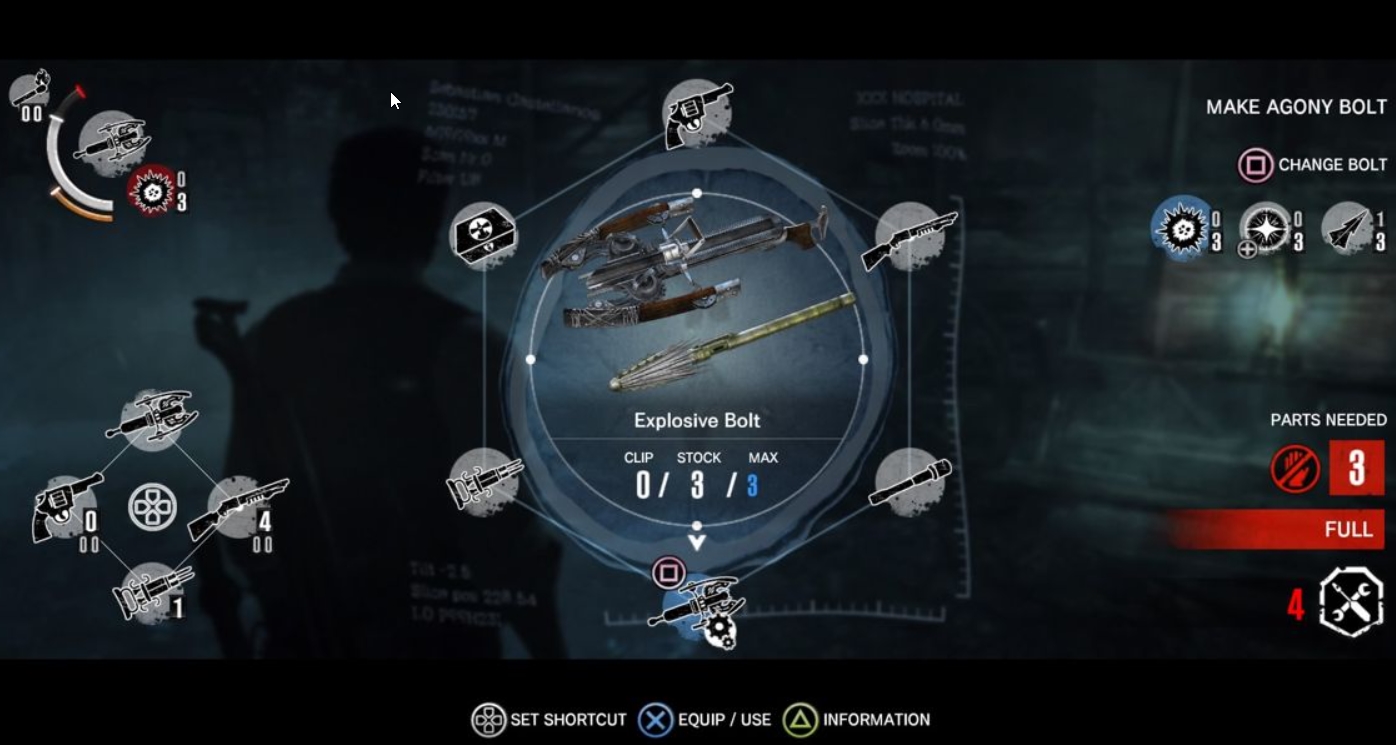 The inventory screen
The inventory screen
Combat is a struggle at times, frustrating at others
Something to be avoided when possible, combat proves challenging in The Evil Within. The game encourages stealth kills and distractions but sometimes that just isn't possible.
And it's during these moments, when combat is the player's only choice, that the game really tests the player.
It is all too easy to fall victim to the enemies' attacks, each hitting much harder than the protagonist does in return. This lack of equality makes for a very skewed experience. But it is to be expected in a game of this style.
That, however, does not excuse the fact that aiming and shooting are downright terrible in the beginning. Upgrades can help with the problem, but it seems odd to have a seasoned detective that can’t handle his own weapons’ recoil.
Considering his profession and his years of experience on the force, combat is a frustrating struggle. Not only is the player trying to use as little ammo as possible, but the controls themselves feel clunky and harsh.
While it could be understood as an aspect to spawn more tension, it mostly frustrates the player and leaves much to be desired.
The visual effects and player tension are still impressive
While the graphics are something to be argued in itself, the visual effects are something else entirely. Those effects mixed with the constant tension of the game provide a true survival horror vibe.
Even years later, there is still a sense of squirming discomfort as Sebastian with an open wound is drenched in a river of blood, or a creature bursts forth in a spray of red from a seemingly harmless puddle of blood.
These scenarios are artfully designed and create a sense of unease within the player that is crucial to its core.
Few things cause tension like a protagonist with a low stamina bar and a multi-limbed creature approaching from behind with haste. And Sebastian's low threshold for taking hits only increases the anxiety when there is combat or a chase.
This combined with the low count of ammo and health items offers a tense atmosphere. And that's precisely what is needed in this type of game. The Evil Within does a decent job of keeping the player on the edge of their seat.
There are just enough chase scenes to make the player feel anxious without becoming abhorrently repetitive. And even the calm moments offer little reprieve when the player can just as quickly walk into a trap that they did not notice.
The combination of constant tension and impressive visual effects combine for an experience that is quintessential in the survival horror genre.
 Sebastian Castellanos runs from the Sadist
Sebastian Castellanos runs from the Sadist
Sound effects can make or break any game but especially in horror
Possibly one of the most important aspects of a horror game is the sound effects and their quality and creativity. The ambiance of the game plays a key role in building the world around the player.
Everything from the creaks and groans of an empty rocking chair to the sound of a screaming wind blowing will help develop the world more. And it's these very sounds that also provide cues to the player. A heavy breath here, a thump there; spooky sounds tell the player there is something happening, even if they can't see it right away.
Sounds play an important part in The Evil Within. Even the player must be aware of how much sound they make, since any amount of noise can alert nearby enemies. Equally so, enemies also flip between making a lot of noise and making barely a sound.
The player must always be on guard and listening in order to avoid ambushes. The sound of an enemy breathing can be heard just around a corner or through a broken window, for example. There are also the grunts and groans of larger enemies or even the screams of a mini boss chasing the player down a hallway.
And these elements provide a creepy factor that is much appreciated.
The sound team wasted no effort in producing quality ambiance in everything from the squeal of a metal door to the shattering of a bottle on cement. And while that is impressive, it still has its own flaws.
For example, the sound of an enemy that is alerted to Sebastian's presence leaves much to be desired. It sounds like something between a cat's hiss and a breathless screech; the combination of which just seems odd when hearing it for the fifth or sixth time.
At the same time, this helps increase the feeling of surreal unease, perhaps because it is an almost familiar sound made strange. So maybe it does actually aid the effect of horror rather than break it.
The creature designs stand out in a genre filled with nightmare monsters
Another core element of a horror game is the creature design. Horror games require an assortment of creatures that make the player uneasy or even aghast. And a portion of that can even be due to the gore involved with the creatures, if the game has gore.
The Evil Within has some memorable creatures, though a few have similarities to monsters encountered in other horror games and movies.
For example, the Sadist, a chainsaw wielding maniac, bears resemblance to Resident Evil 4's Dr. Salvador. And the multi-limbed creature shares features reminiscent of Sadako from The Ring. Despite this, the duo still stand apart and are memorable, particularly the latter.
And all of them cause dread in the player when encountered.
Even the main antagonist, Ruvik, evokes dread when he appears in-game. Knowing that it is an instant death if he touches the protagonist leaves the player with a similar sense of fright and a frantic need to maintain distance between the two. In fact, most creatures- particularly bosses and mini bosses- have an instant-kill move and are best avoided.
Then there is Quell. A humanoid octopus-type creature that can birth small, slug-like larva that implode when near Sebastian. Its design is quite creative and more than a little disturbing.
Though possibly the most creative would have to be Amalgam Alpha. This behemoth of a monstrosity is the amalgamation of multiple patients and victims in the game. It results in a monster of large proportion and a difficult beast to beat.
These two stand out among the rest, not for the sense of dread they cause per se, but for their unique designs comparatively. And even the standard enemies littered throughout the game have an uncommon appearance.
Barbed wire is also a recurring theme, be it in the environment or wound around enemies, and the game makes full use of it. And the creature that is probably most associated with it would have to be the Keeper.
Not only is the safe encompassing his head wrapped in it, but he uses barbed wire in his traps. His design is also particular with the locked safe as a helmet, the bloodied butcher's apron, and an oversized hammer (really a meat tenderizer), making him truly memorable.
It is this collection of different designs that help cement The Evil Within in the horror genre, each nightmarish creature seeming to be worse than the last.
 Sebastian Castellanos faces off against Laura (monster form)
Sebastian Castellanos faces off against Laura (monster form)
Game difficulty should definitely be a consideration before purchasing
The Evil Within is punishing, to say the least. Despite its "casual" difficulty option, the game is far from casual or easy. Players will most likely become accustomed to seeing the loading screen upon death as the game places the player where they last saved or where the game auto-saved.
The game even comes with a warning on its instruction manual included in the box. On one page it states "Death will come often and when you least expect it. Good luck."
It also states that the difficulty level can be lowered mid-game via the options menu. However, doing so will restart the chapter the player is currently on. This is little comfort if the player is already having trouble progressing while on the lower difficulties.
The higher the difficulty, the harder the enemies will hit and the less the player will find items and ammo. This means that the higher difficulties, and the amount of gore, are not made for the faint of heart and are better suited for those players that are familiar with the survival horror game type and its challenges.
The best way to proceed through the game is with caution; watching one's inventory and health, and sneaking in for a stealth kill or even running away when necessary. Tackling the gameplay with these in mind makes things more manageable, though it does not necessarily make the game 'easier'.
For these reasons, the player should definitely consider what they enjoy in a game and how willing they are to face a challenge.
Does the game still hold up almost 10 years after its release?
The game offers 'New Game +' upon completion but whether that is taken advantage of by the player remains to be seen based on individual preference. Thankfully, the player can skip cutscenes so a second, or even third, playthrough does not seem as long and tedious as one may think at first.
Whether or not this offers replay value is really up to the individual. The game does encourage replaying it, though, since the player can upgrade Sebastian's stamina, health, and all the weapons. Not to mention the possible urge to find all the files hidden within the game to get the full story.
That said, it's easy to say that the game was enjoyable at points and beyond frustrating at others. It is truly a mix of an experience. Coupled with the fact that the player can feel disoriented from the flip between real and virtual worlds means there's never a dull moment while playing.
From the somewhat convoluted story to the uncommon character designs, from the frustrating combat to the stomach-churning gore, The Evil Within promises to be unforgettable. That said, there are flaws that cannot be ignored and for some players those would be deal-breakers. One can suppose that whether it is 'good' or not is truly subjective and ultimately up to each player.
That said, after considering everything discussed I would personally say yes. Despite its flaws, The Evil Within is a good game.
Overall Fun Factor: 7.5 / 10
- Log in or register to post comments
 Home
Home PC Game Trailers
PC Game Trailers News
News Menu
Menu


